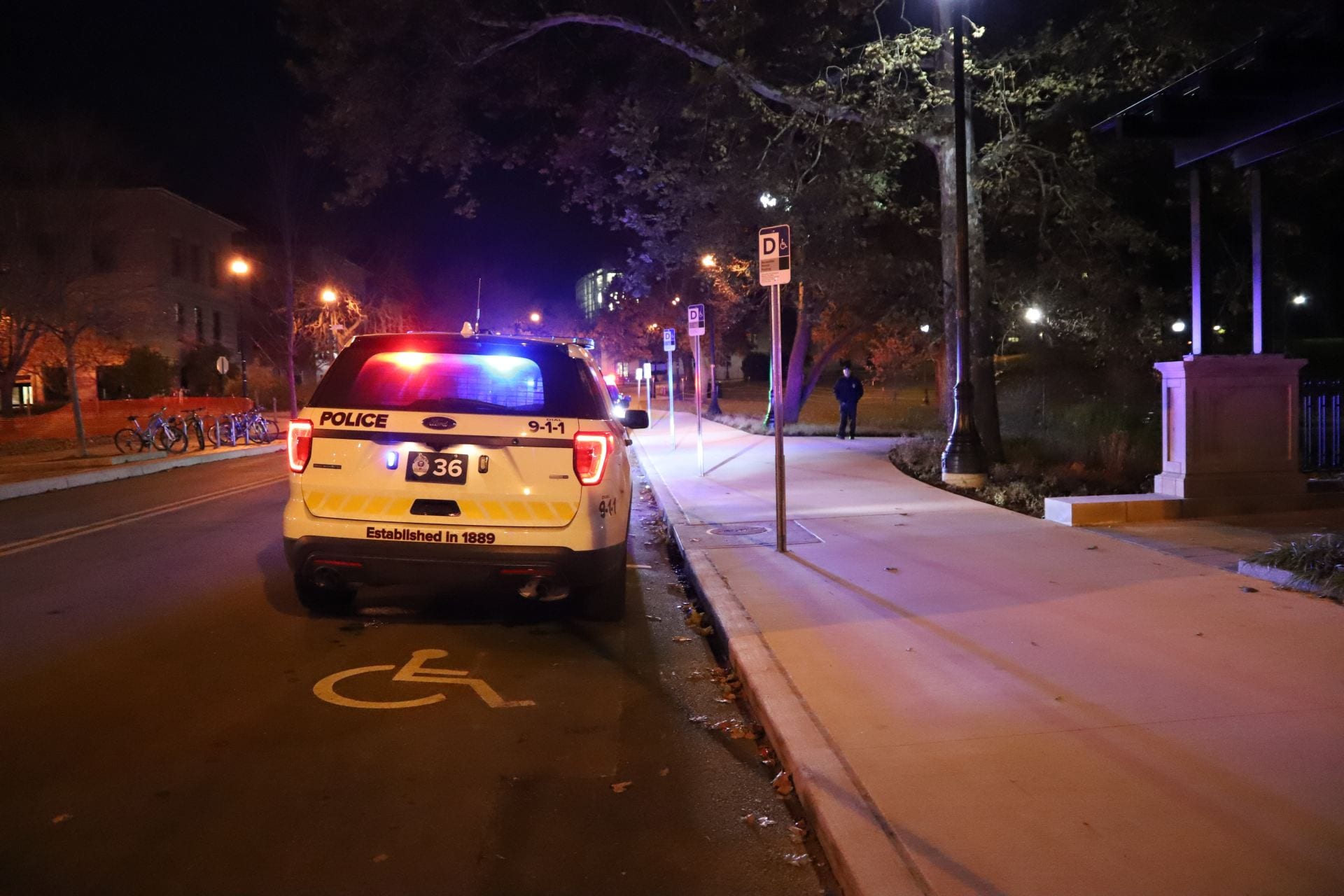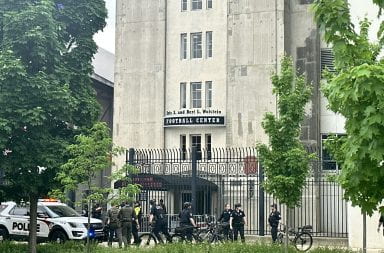
Ohio State students both on- and off-campus will soon be able to text 911 in emergencies. Credit: Summer Cartwright | Campus Editor
Ohio State students who might be unable to speak on the phone with a 911 dispatcher will soon have a new way to seek emergency assistance.
Franklin County will be introducing its latest technology — a 911 texting correspondence — within the first quarter of 2018. Areas on and surrounding Ohio State’s campus will be able to use this technology.
“You can contact the police with information and nobody would know you’re sending it,” said Ramona Patts, administrator in the Columbus Division of Support Services.
Cecilia Weirick, the 911 coordinator for Franklin County, said the dispatchers will see texts come through on a computer screen in a window that resembles a smartphone text-message chain.
She said although responders will have multiple programmed responses to quickly assess emergency situations, 911 dispatchers will type custom messages back, if necessary.
It costs $650,000 to buy and maintain the texting systems, and three agencies will do so, Patts said. These include the Metropolitan Emergency Consortium Communications, or MECC, in Gahanna, Columbus and Dublin.
The primary dispatch hub for Ohio State’s Department of Public Safety, which includes University Police, will be the Columbus hub, Patts said.
The three locations will operate as the primary dispatch hubs for other local government agencies to tap into. That way, each agency in the county will not have to spend the money.
The 911 texting technology is expected to be functionable around June.
Patts said the equipment from the Columbus dispatch hub will immediately reroute 911 texts to their partner governments’ 911 centers — which for people on campus will be University Police.
For example, when an Ohio State student on campus uses a cellphone to text 911 for help, the text will go to the system in Columbus and immediately be rerouted to University Police, where authorities will respond.
“Phone calls are still the preferred method to contact 911,” Weirick said, adding they allow dispatchers to pick up distress information and answer questions faster, as well as provide more precise location information.
“Call if you can; text if you can’t,” she said.
Correction, 2/9: This article previously sourced Jeff Ortega, when, in fact, Cecilia Weirick was the source.


